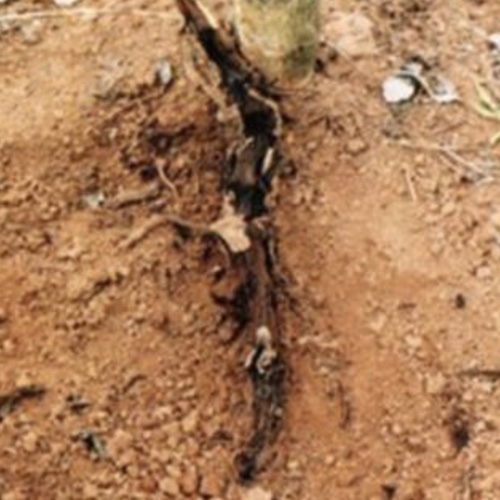
Knowledge Hub
Phytopthora capsici (Quick wilt disease)

Scientific name
Phytopthora capsici
Common name
Quick wilt disease
Source: PlantwisePlus Knowledge Bank
Symptom
- Plant: leaves on the plant will yellow, wilt, and fall
- Leaves, young shoots and vines: appear black, spreading and necrotic spots
- Underground stems: dark, rotten, slippery and has an unpleasant smell
- Roots: root system will rot, the plant will see poor growth, yellowing leaves
Distribution
- Spread through soil, water, air, insects, people
- Movement of spores in the soil, the raindrops that carry fungus, working tools, the movement of farmers and animals
- Has a wide host spectrum (over 1,000 plants)
- Using infected seedlings, water contaminated with Phytophthora for irrigation
Prevention and Control
Prevention
- Use disease free planting materials
- Prune ground runners and lateral branches up to 1- 1.5 feet from collar area
- Avoid standing water in the field, improve the drainage system
- Avoid splashing of water to the foliage during irrigation
- Remove mulches and keep weed free around the vine base (3 feet diameter) in rainy seasons
- For nursery plant production, obtain rooted cuttings (ground runners) from disease free mother vine gardens
Monitoring
- Look for the following symptoms especially 3-4 weeks after heavy rain on foliage and roots
- Sudden wilting of vine
- Leaf yellowing and black colour patches on the leaves
- Severe shedding of leaves, internodes and spicks
- Rotting and decaying at the collar region, feeder roots and main root
Direct control
- Remove all the affected parts/plants from the field and burn
Search
Activities
Downloads
© 2024 Safer Spice. All rights reserved.

 BACKGROUND
BACKGROUND



